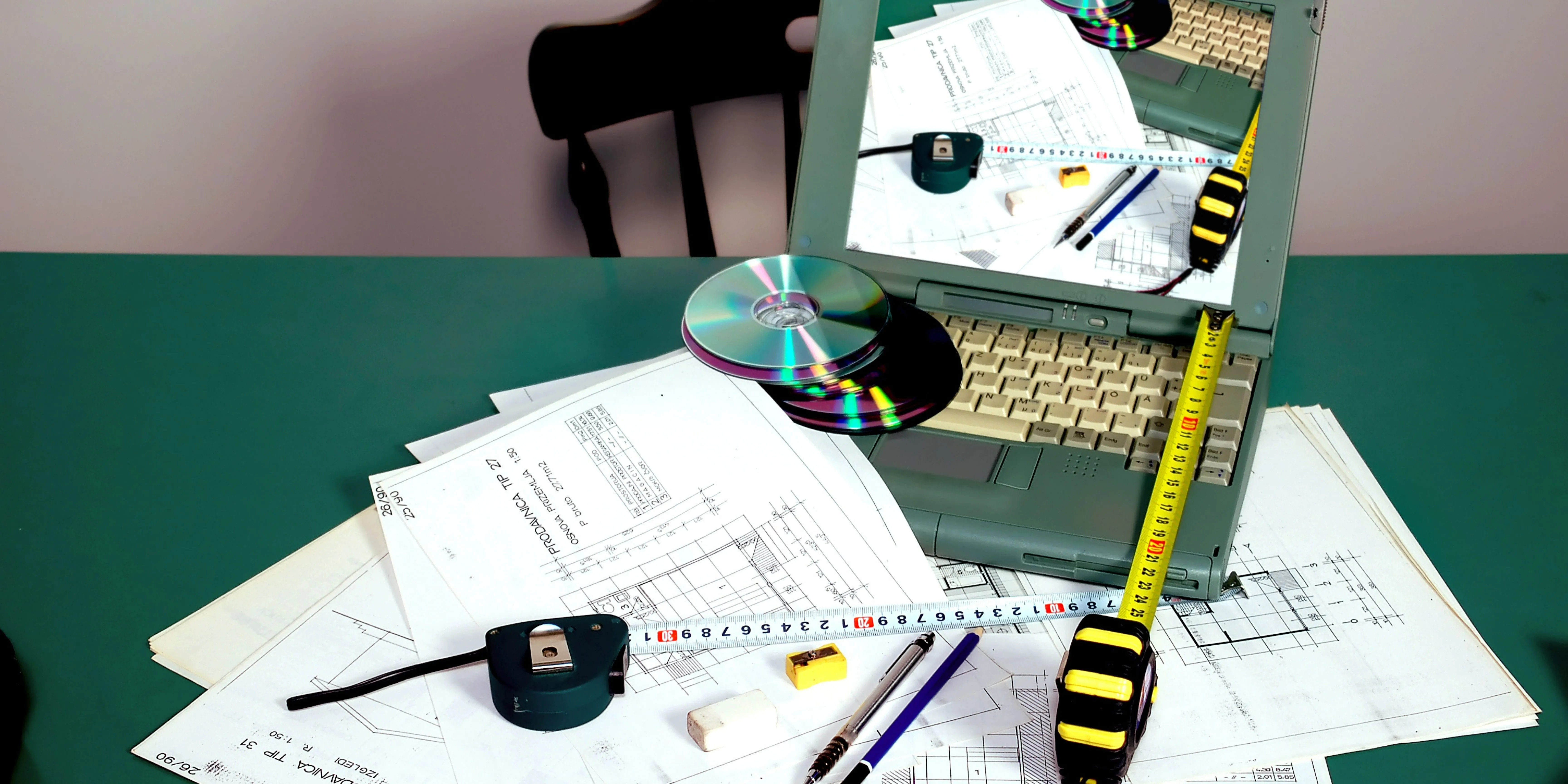
Modern Data Architecture provides a comprehensive data solution by which the traditional architecture issues like slow responsiveness, low throughput and invisibility to the data extraction process can be overcome easily.
Most important Characteristics of Modern Data Architecture can be summarized as below:
Customer-Oriented: Data can be from any source or mode of Customers either internally or externally, role-based time variables.
Integrated Data Objects: It should be continuously reusable and replenished objects to streamline the flow and quality of different types of data Objects
Automation: It should empower Data Architects and to incorporate the data rapidly
Decision Making: It should use the intelligence techniques to construct Objects and Tables to Monitor and advise the suitable data types, relations, recommend solutions to fix bugs.
Flexible: It should support multiple functionalities like queries, deployments, pipelines, multiple source users and different business types.
Collaborative: Data collection and delivery, preparation processes should jointly work together for the understanding of Business requirements
Secure: It should think of Fraudulent and hacker attacks, vulnerabilities comprising of organizations compliance and privacy regulations
Cloud-Adaptative: It should support scaling, security against Data at Rest, Transit or in use even in cross cloud environments
Seamless connectivity: Regardless of data at different Platforms, locations, business models, it should be integrated seamlessly with one Standard API interface.
Extension: It should adapt to latest technology advancements viz intelligent workflows, Robotic Process Automation, AI and Machine Learning
Event Driven: Data should be driven by event triggered based on workloads
Microservice Enabled: According to the chosen Data domain, microservices should be implemented without extra efforts.
Principles of Modern Data Architecture:
As to comprehend the above characteristics, the Modern Data Architecture should follow the following principles:
- View Data as a Shared Asset
- Provide The Right Interfaces for Users to Consume the Data
- Ensure Security and Access Controls
- Maintain a Common Vocabulary
- Curating The Data
- Eliminate Data Copies and Movement
Benefits from Modern Data Architecture:
- Moves to batch to Real time – Replication of different data types across heterogeneous sources and targets, including databases, data warehouses, Hadoop or the cloud, by using a CDC approach
- Takes a centralized Approach to Integration
- Removes the Latency from Hybrid environments
- Create AI and Analytics Ready Data in Data Lake – Easy to handle challenges like updates, merge and in creating analytics-ready structures when data is implemented in Data lake
- Auto delivery and creation of Data Warehouses







